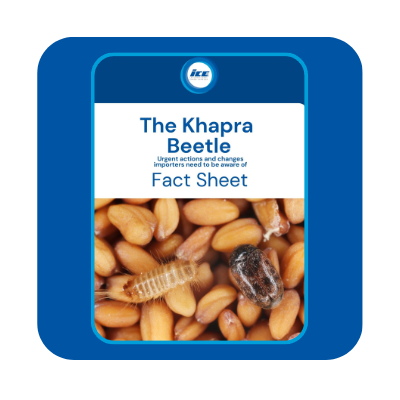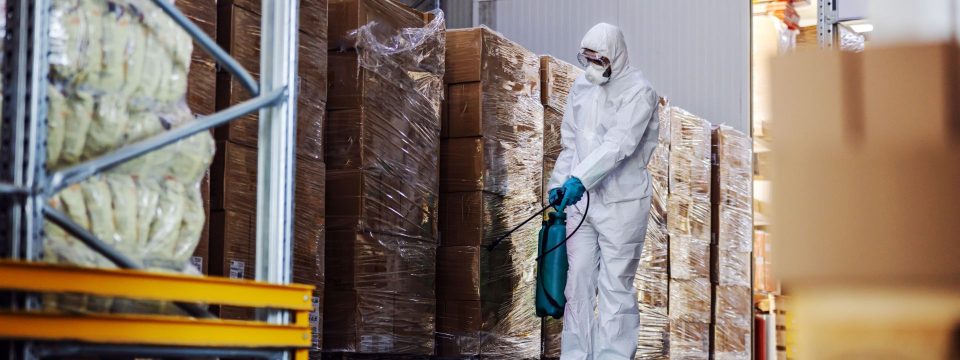What is ISPM 15 and Why Importers Should Be Aware Of It
November 2, 2022 Customs
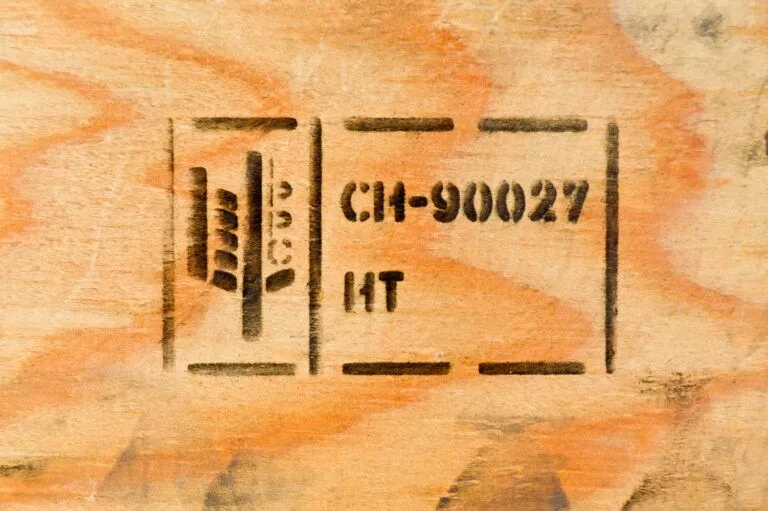
Are you importing to Australia on timber pallets or using timber or bamboo dunnage? Have you thought about the compliance regulations when importing this material? Australia has strict biosecurity regulations to control infestations of exotic pests into the country. If you are importing packaging or products made of wood you should be aware of ISPM 15 compliance.
Read on to understand what ISPM 15 is and how it can affect you!
What is ISPM 15?
International Standards for Phytosanitary Measures (ISPMs) provide regulations for trading goods internationally. The measures particularly focus on products that can have a direct impact on global bio-security.
The ISPM 15 is the acronym for the ‘International Standards for Phytosanitary Measures Publication No. 15 (2009): Regulation of Wood Packaging Material in International Trade’. The publication outlines the standards regulating the movement of timber products and packaging through international trade and aims to prevent the global spread of timber pests. It addresses the need to have all wood packaging made of softwood or hardwood species treated. It requires packaging that has been treated to carry a special mark to certify it as such.
See our below video for a quick explanation:
What Products Do ISPM 15 Apply To?
If you have imported before, you may have heard ISPM 15 referenced in relation to pallets. However, ISPM 15 affects coniferous (softwood) and non-coniferous (hardwood) raw wood packaging material. This includes pallets, dunnage, crating, packing blocks, drums, cases, spools/reels, bulk heads, load boards, pallet collars and skids.
For importation into Australia, packaging made from reconstituted wood products such as particleboard, chipboard, hardboard (masonite), oriented strand board, medium-density fibreboard (MDF), or high-density fibreboard (HDF) does not require treatment. Australia applies ISPM 15 under the following cases outlined in Biosecurity Import Conditions (BICON):
- ‘Timber and bamboo packaging’ for packaging imported as a commodity – e.g. a consignment of wooden pallets imported for use in Australia.
- ‘Non-commodity’ for packaging used to support other commodities – e.g. wooden pallets used to support a consignment of other goods.
If you are importing into Australia you should check that your timber or bamboo packaging is compliant with ISPM 15. If not, Australia offers alternative treatment options and will accept packaging that can meet the alternative requirements outlined in BICON.
What is Considered ISPM 15 Compliant Packaging?
ISPM 15 compliant packaging is considered as such if:
- It meets the ISPM 15 bark tolerance requirements
- Has undergone an ISPM 15 approved treatment by an appropriately certified treatment provider or manufacturer and has been marked appropriately (see further below).
The good news is that once your packaging has been treated and is deemed compliant it will remain as such, provided no alterations are made to the packaging. Be warned, however, that treatment does not offer permanent protection against pests and should packaging pose a biosecurity threat on arrival, it will be ordered for treatment, re-exported or destroyed. Australia accepts solid timber packaging that is compliant with ISPM 15, but also offers alternative treatment options and accepts consignments of timber packaging that can meet the alternative requirements outlined in BICON.
How is ISPM 15 Compliant Packaging Identified?
Fortunately, it is quite simple to identify ISPM 15 compliant packaging as it will usually bear the following stamp:
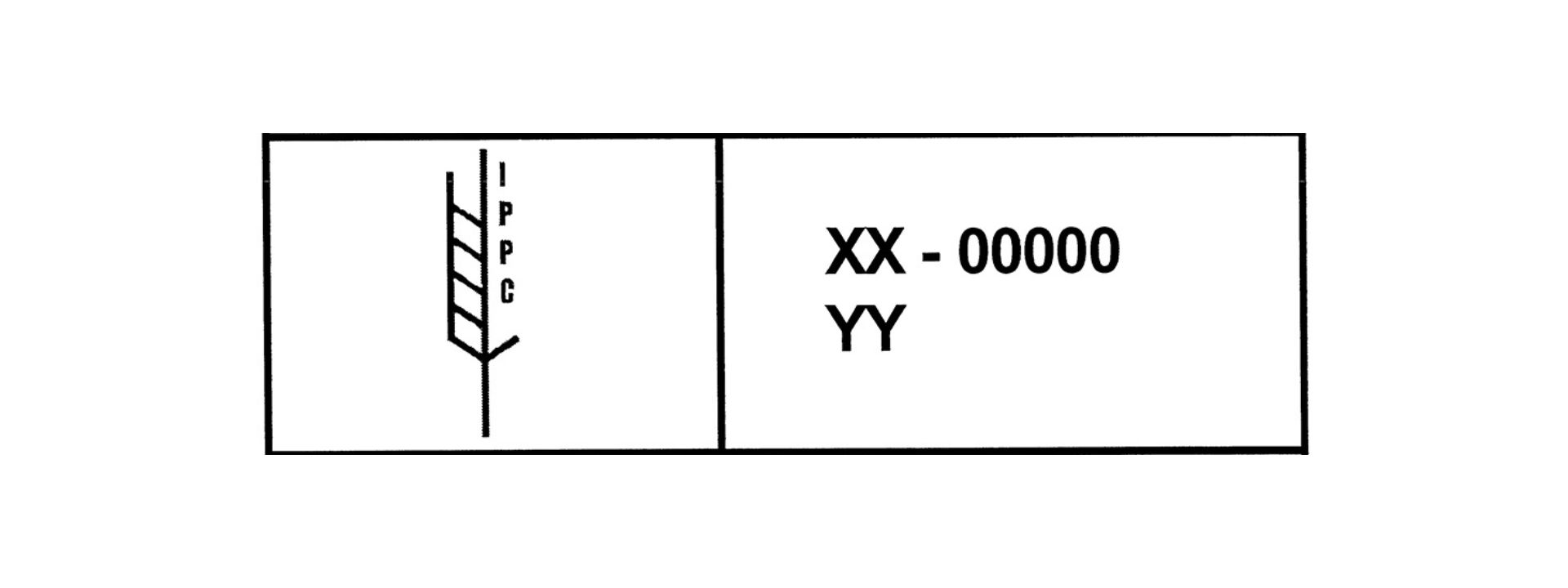
The Department of Agriculture explains: An ISPM 15, internationally recognised certification mark, must include the following:
- IPPC certification symbol (this is a registered trade mark).
- XX: represents the two letter ISO country code where the wood was treated.
- 000: represents the unique certification number (which ensures that the wood packaging material can be traced back to the treatment provider and/or manufacturer).
- YY: is the treatment abbreviation where:
- HT: is the code for heat treatment using conventional steam or dry kiln heat chamber to a minimum of 56º C for a minimum of 30 minutes
- MB: is the code for methyl bromide fumigation
- DH: is the code for heat treatment using dielectric heat
Other information such as the date of manufacture, batch number, company name or logo, may also be included outside of the border of the mark, provided that it is not confusing, deceptive or misleading.
Note that the mark doesn’t need to be applied to every piece of wood (e.g. pallet, box, cable drum, etc). It only needs to be applied to the complete unit, preferably twice on opposing vertical faces, where it can easily be seen. On pallets, this could be on the inner faces of blocks because these are more visible to the inspector when looking inside a container or anywhere else where pallets are stacked. There is also no standard size for the mark. It is required, however, that the mark be permanent and visible.
Bark-Free Packaging Requirement
ISPM 15 requires all solid timber packaging must be made of debarked wood. Bark has the potential to contain numerous pathogens of quarantine concern. It also acts as a shelter site for insect pests and encourages post-treatment infestation by both insect and pathogen pests. The presence of bark also hampers inspection procedures and may reduce the effectiveness of methyl bromide fumigation.
ISPM15 Certificate Validity
The ISPM 15 marked solid timber packaging remains compliant provided that no alterations are made to the packaging. The marked packaging may be reused, but if exported from Australia it is the exporter’s responsibility to ensure that it meets the requirements of the importing country.
Common Questions
Can I simply buy ISPM 15 certified wood and use that to build my pallet/box/crate?
ISPM 15 certification is a quality control program specifically for solid wood packaging material, it does not apply to raw lumber. As such, there is no such thing as “ISPM 15 certified wood.” As a quality control program, the certification mark is often licensed to registered wood packaging producers. These registered facilities apply the International Plant Protection Convention (IPPC) mark to the finished pallets, crates, boxes, etc.
While it may be possible to build a pallet/box/crate from lumber that has the original HT mark visible on each piece, this often is not practical. The IPPC mark certifies the entire wood packaging item and not just one piece of solid wood. It is important to think of the customs officials, as well. Being forced to look at every board in a wood packaging item would be an overly cumbersome and time-consuming process.
Where can I purchase ISPM compliant wood packaging?
Only companies that are certified under the Australian Wood Packaging Scheme for Exports (AWPCS) can produce ISPM 15 compliant wood packaging. Check the List of certified treatment providers and wood packaging manufacturers.
I have IPPC marked wood packaging from another manufacturer, can I repair it/reuse it, or build on to it?
You can reuse certified wood packaging so long as you do not alter it by removing and replacing any existing components. Should you need to repair it, it will need to be re-treated. Re-treatment can be done by either a certified kiln facility or a certified fumigator. However, you are permitted to build on to existing wood packaging that has already been certified, assuming the existing portion of the container is not altered and the added material is certified as having been heat treated. An example of this scenario would be building a frame using HT lumber on top of an already certified pallet. In this case, the manufacturer would place their IPPC stamp only on the frame that they added to the pallet.
Can untreated timber, without ISPM 15 marks or evidence of other treatment, be separated from the goods to facilitate clearance?
Consignments that contain untreated timber packaging and no other quarantine concerns may be transported to a Quarantine Approved Premises and the goods separated from the timber packaging to allow clearance. Timber packaging will be subject to treatment, export or destruction at the importer’s expense.
Do I need to provide documentation to confirm that the wood packaging is ISPM15 compliant?
No, the mark itself suffices for verification. However, some countries do require documentation confirming that the wood packaging used in a consignment is ISPM 15 compliant. Documentation may include packing declarations, packing lists or invoices. Treatment certificates are not required and it is the responsibility of the exporter to provide this documentation.
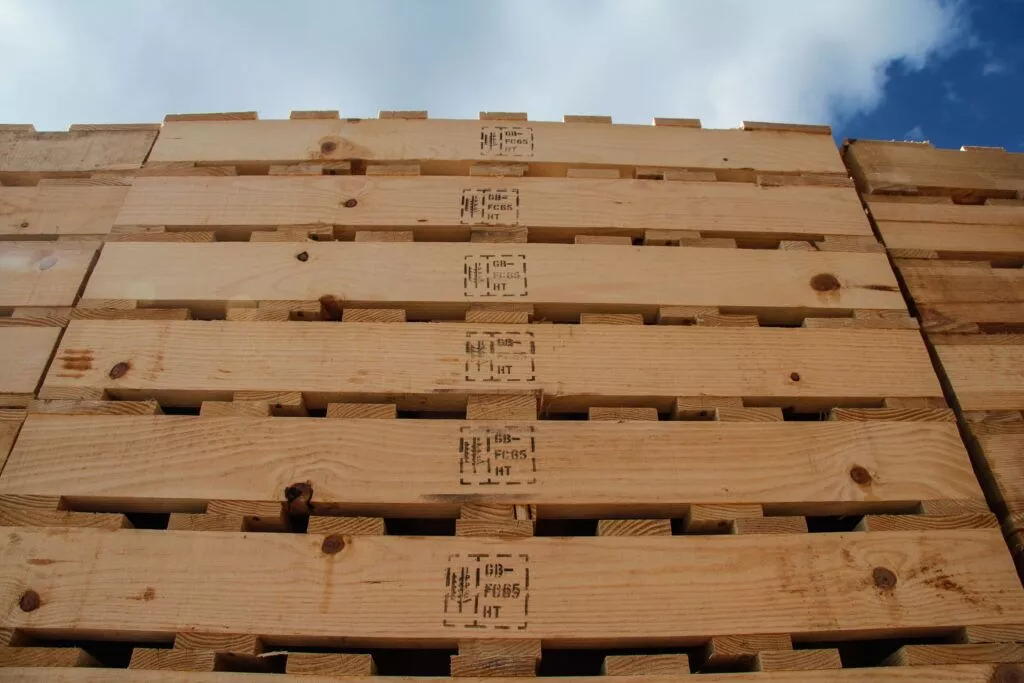
List Of Countries That Need ISPM 15 Certification
Wood packaging being exported to the following countries or markets must be debarked*, treated and marked in accordance with ISPM 15.
*will accept a phytosanitary certificate in lieu of the ISPM 15 mark.
- Algeria
- Argentina
- Armenia*
- Australia*
- Belarus*
- Bolivia
- Brazil*
- Canada*
- Chile*
- China
- Colombia
- Costa Rica*
- Cuba
- Dominican Republic
- Ecuador
- Egypt
- European Union and Switzerland*
- Fiji
- French Polynesia*
- Guatemala
- Honduras
- Hong Kong
- India*
- Indonesia
- Iran
- Israel
- Jamaica
- Japan
- Jordan
- Kazakhstan*
- Korea
- Kyrgyzstan*
- Lebanon
- Malaysia
- Mexico
- Mozambique
- New Caledonia
- New Zealand
- Nicaragua
- Nigeria*
- Norway
- Oman
- Panama
- Paraguay
- Peru
- Philippines
- Russia
- Samoa*
- Seychelles
- Singapore (not mandatory)
- Solomon Islands
- South Africa
- South Korea
- Sri Lanka
- Syria
- Taiwan*
- Thailand
- Tonga
- Turkey*
- Ukraine
- United States of America
- Venezuela
- Vietnam*
- Wallis and Futuna
What Next?
If you are considering importing products into Australia and your packaging or pallets are made of wood, check with your supplier that the packaging meets the ISPM 15 compliant requirements. If they are not, give the team at ICE a call and discuss alternative options for treatment.
REQUEST A QUOTEor call us on 1300 227 461
Recommended For You

We Consult. We Plan. We Deliver.
- CONSULT – We discuss your specific needs.
- PLAN – We develop a bespoke tailored plan that is cost-effective & efficient.
- DELIVER – We manage your shipment and keep you updated from beginning to end.

